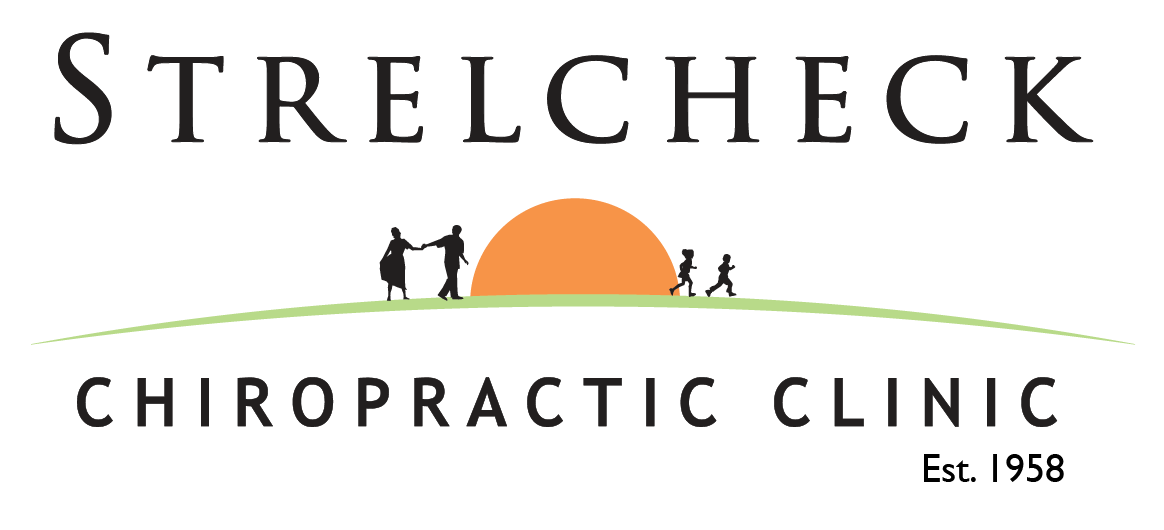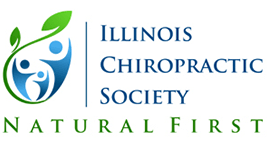Undergoing cancer treatment is incredibly stressful on the human mind and body.
For some, the battle in the mind is nearly as difficult as the battle in the body, with the anxiety triggered by the need for tests, an MRI or biopsy. Diagnosis, prognosis and treatment continue the toll on the mind and as feelings of fear, hopelessness and lack of control impact the patient, family and friends.
As the body endures chemotherapy, radiation or surgical procedures to eliminate fast growing malignant cells those same procedures also break down fast growing healthy cells.
Side effects from treatment vary based upon the type of cancer, stage, location and other factors. The most common physical side effects include nausea, loss of appetite, sleep disturbances, hair loss, nerve damage, mouth sores and musculoskeletal pain.
While the body struggles to heal, a variety of supportive measures are necessary to help the patient cope with cancers’ devastating impact.
The right combination of support enables the continuation of treatment, reduces symptoms, rebuilds strength and restores hope.
For this reason, a growing number of cancer treatment specialists incorporate complementary alternative medicine (CAM) as part of patient treatment plans. This practice is referred to as integrative oncology.
Integrative oncology incorporates traditional cancer treatments; chemotherapy, radiation or surgical procedures, with non-curative support therapies, like chiropractic, massage, nutritional supplementation and acupuncture. Chiropractic is one of the most widely accepted complementary alternative medicines that help pain conditions of the musculoskeletal system.
The greater majority of chiropractic treatment directly serves back pain, joint stiffness or range of motion and neck problems, however, chiropractic also concerns the effects musculoskeletal problems have on the nervous system and whole body health.
I discovered the concept of integrated oncology while treating a patient for pain and nausea symptoms resulting from cancer treatment.
This particular patient was otherwise athletic and on the go, however, surgery and treatment left him exhausted, sitting more than usual and aching all over. After consulting with his primary physician, I prescribed a series of massage, mild stretching exercises and non force chiropractic techniques into his treatment plan. The combination helped to reduce the unbearable pain and discomfort in his shoulders, neck and hips, allowing him to move, walk, sleep and function with greater ease and comfort.
While pharmaceutical drugs to manage pain, side effects or symptoms are always an obvious choice, they carry additional side effects and potential for dependency.
In my experience, those that battle cancer often express the need to be actively involved in the fight to regain their health. I believe it gives people a sense of control and confidence.
Chiropractic is not for all cancer patients and requires both consultation and caution to determine those that are candidates.
If you have been diagnosed with cancer or are undergoing treatment, speak with your primary care physician or oncologist to learn about options for support therapies like chiropractic. Once a candidate, your chiropractor usually begin with a comprehensive history, review of symptoms you may be experiencing and examination of your spine and posture followed by recommendations for chiropractic treatment plan.
For some, the battle in the mind is nearly as difficult as the battle in the body, with the anxiety triggered by the need for tests, an MRI or biopsy. Diagnosis, prognosis and treatment continue the toll on the mind and as feelings of fear, hopelessness and lack of control impact the patient, family and friends.
As the body endures chemotherapy, radiation or surgical procedures to eliminate fast growing malignant cells those same procedures also break down fast growing healthy cells.
Side effects from treatment vary based upon the type of cancer, stage, location and other factors. The most common physical side effects include nausea, loss of appetite, sleep disturbances, hair loss, nerve damage, mouth sores and musculoskeletal pain.
While the body struggles to heal, a variety of supportive measures are necessary to help the patient cope with cancers’ devastating impact.
The right combination of support enables the continuation of treatment, reduces symptoms, rebuilds strength and restores hope.
For this reason, a growing number of cancer treatment specialists incorporate complementary alternative medicine (CAM) as part of patient treatment plans. This practice is referred to as integrative oncology.
Integrative oncology incorporates traditional cancer treatments; chemotherapy, radiation or surgical procedures, with non-curative support therapies, like chiropractic, massage, nutritional supplementation and acupuncture. Chiropractic is one of the most widely accepted complementary alternative medicines that help pain conditions of the musculoskeletal system.
The greater majority of chiropractic treatment directly serves back pain, joint stiffness or range of motion and neck problems, however, chiropractic also concerns the effects musculoskeletal problems have on the nervous system and whole body health.
I discovered the concept of integrated oncology while treating a patient for pain and nausea symptoms resulting from cancer treatment.
This particular patient was otherwise athletic and on the go, however, surgery and treatment left him exhausted, sitting more than usual and aching all over. After consulting with his primary physician, I prescribed a series of massage, mild stretching exercises and non force chiropractic techniques into his treatment plan. The combination helped to reduce the unbearable pain and discomfort in his shoulders, neck and hips, allowing him to move, walk, sleep and function with greater ease and comfort.
While pharmaceutical drugs to manage pain, side effects or symptoms are always an obvious choice, they carry additional side effects and potential for dependency.
In my experience, those that battle cancer often express the need to be actively involved in the fight to regain their health. I believe it gives people a sense of control and confidence.
Chiropractic is not for all cancer patients and requires both consultation and caution to determine those that are candidates.
If you have been diagnosed with cancer or are undergoing treatment, speak with your primary care physician or oncologist to learn about options for support therapies like chiropractic. Once a candidate, your chiropractor usually begin with a comprehensive history, review of symptoms you may be experiencing and examination of your spine and posture followed by recommendations for chiropractic treatment plan.











